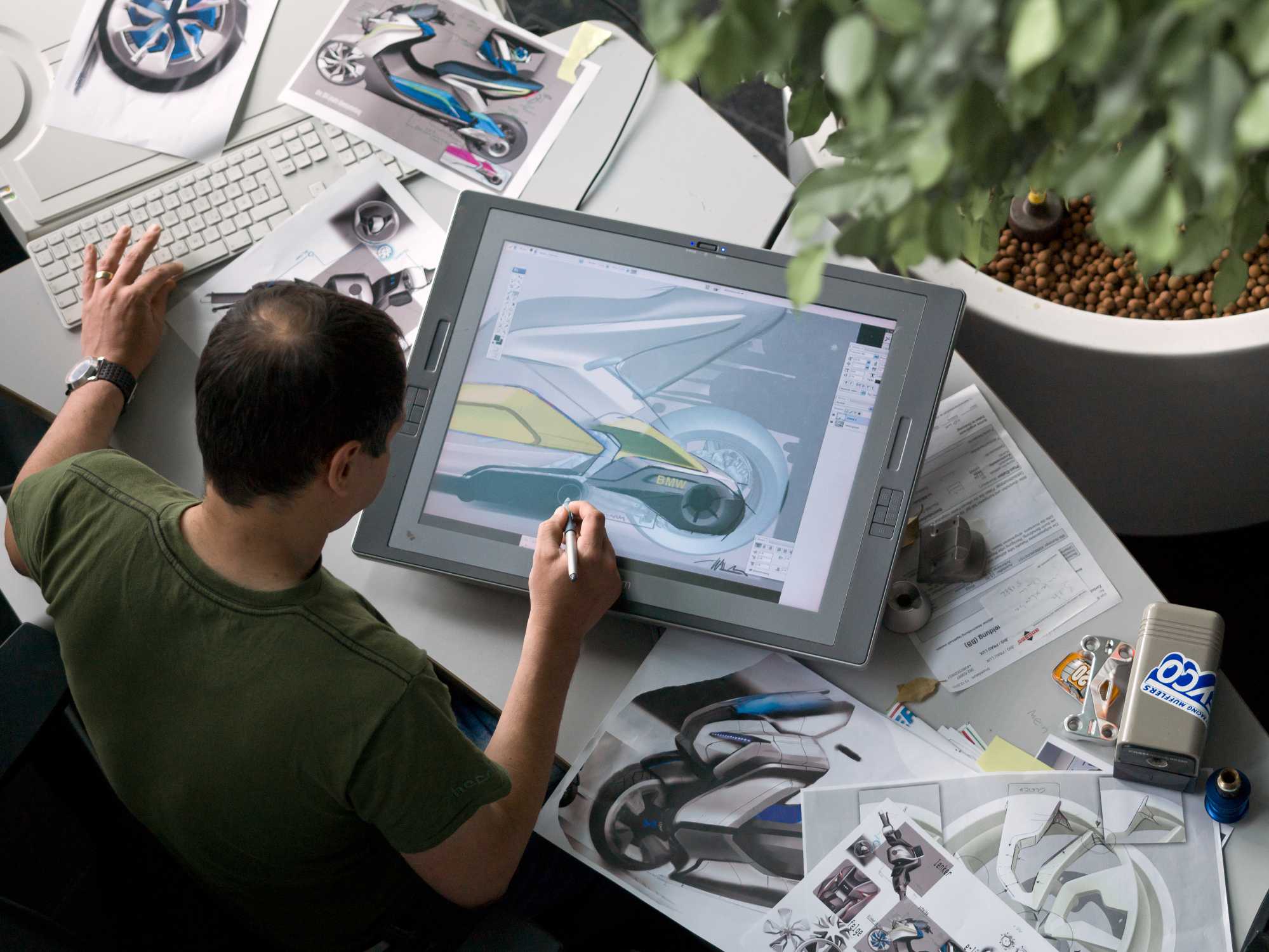Introduction: The Art of Screen Printing
Screen printing is a captivating technique that blends creativity with craftsmanship. Originating centuries ago, this method allows artists to transfer vibrant designs onto various surfaces, from textiles to paper and beyond.
At its core, screen printing involves the use of a stencil placed over a mesh screen. Ink is pushed through the open areas using a squeegee, creating sharp and vivid prints. This tactile process not only ensures precision but also encourages artistic expression.
One of the most appealing aspects of screen printing is its versatility. Whether you’re customizing T-shirts for an event or producing fine art prints, the possibilities are endless. Each print is unique, embodying the artist’s vision and style.
Moreover, screen printing thrives in both large-scale commercial production and small-scale handmade endeavors. Its rich history has evolved into a beloved medium among contemporary artists who appreciate its dynamic nature.
Embrace the world of screen printing and discover how it can transform your creative projects into stunning visual statements!
Screen printing is a versatile and popular method for creating high-quality prints on various surfaces, including textiles, paper, and plastics. While the process may seem straightforward, there are secret techniques employed by experienced screen printers that elevate their results to the next level. In this article, we will uncover these hidden gems and shed light on the secret techniques used in screen printing that every aspiring printer should know. By understanding and implementing these techniques, you can enhance your printing skills and achieve outstanding results.
Choosing the Right Mesh Count
One of the secrets to achieving precise and detailed Screen Printing London lies in selecting the appropriate mesh count for your project. The mesh count refers to the number of threads per inch in the screen fabric, and it determines the level of detail and ink deposit on the substrate.
For fine details and intricate designs, a higher mesh count, such as 230 or 305, should be used. These higher counts provide finer thread spacing, allowing for greater precision in capturing intricate design elements. On the other hand, for bolder designs or heavier ink deposits, a lower mesh count, such as 110 or 156, is more suitable. This allows for a higher ink volume, resulting in more opaque and vibrant prints.
Understanding the relationship between mesh count and design complexity is crucial in achieving optimal print quality. Experimenting with different mesh counts on sample prints will help you determine the most suitable mesh count for your specific designs.
Proper Screen Tensioning
Screen tensioning plays a vital role in obtaining consistent and uniform prints. Insufficient tension can lead to issues like ink bleeding or incomplete coverage, while excessive tension can cause uneven ink deposits and premature screen breakdown.
To achieve optimal tension, invest in a tension meter to measure the tension levels accurately. Regularly check and adjust the tension of your screens before each print run. Proper tensioning ensures that the screen is taut and even, allowing for consistent ink transfer.
Additionally, utilizing a retensionable screen system can significantly enhance your screen printing results. This system enables you to adjust and fine-tune the tension during the t shirt printing process, ensuring consistent print quality throughout the production run.
Mastering the Flood Stroke
The flood stroke is an often overlooked but essential aspect of screen printing. It involves pulling the ink across the screen, flooding the image area before the actual print stroke. This technique ensures proper ink coverage and prevents the screen from drying out.
When executing the flood stroke, apply enough pressure to evenly distribute the ink without forcing it through the screen. This will help avoid excess ink build-up in the mesh and minimize the risk of clogging or smudging.
Timing is also critical. Perform the flood stroke immediately after the print stroke to prevent ink from drying in the screen, which can lead to blockages and affect subsequent prints. Mastering the flood stroke technique will result in cleaner prints with consistent ink deposition.
Troubleshooting Common Screen Printing Issues
Conclusion
Screen printing is an art form that requires attention to detail and the implementation of various techniques. By understanding the secret techniques employed by experienced screen printers, you can elevate the quality of your prints. Choosing the right mesh count, proper screen tensioning, and mastering the flood stroke are just a few of the secrets that can make a significant difference in your screen printing endeavors. Experiment, practice, and refine these techniques, and soon you will achieve professional-level prints that leave a lasting impression.

